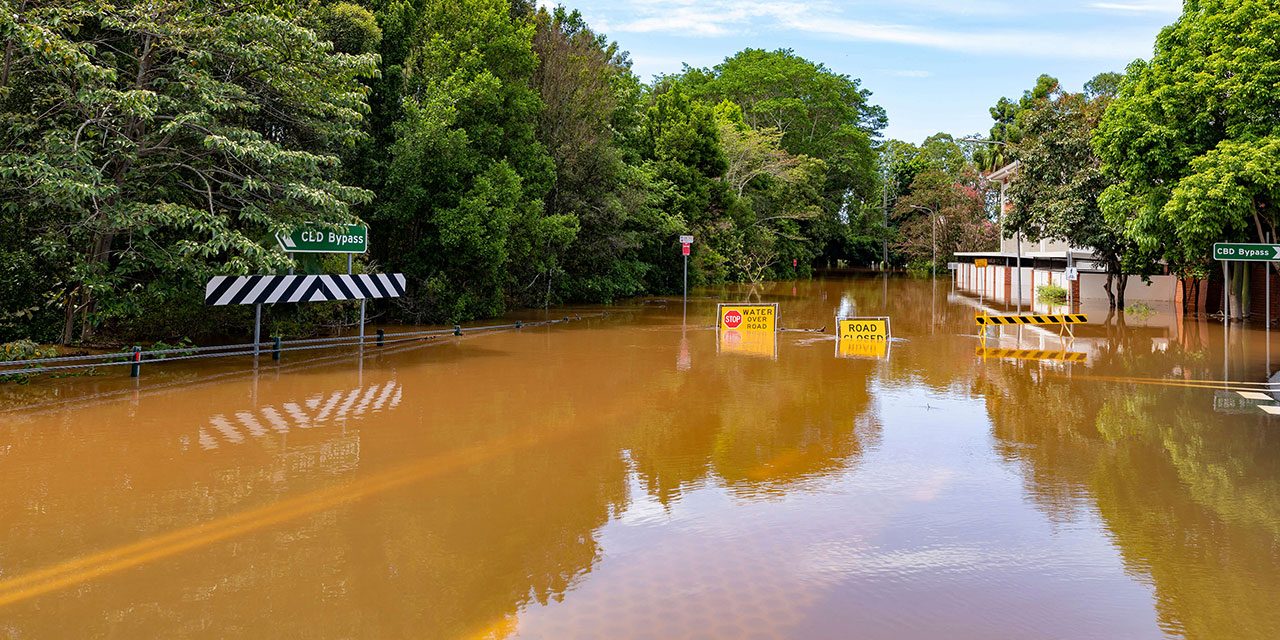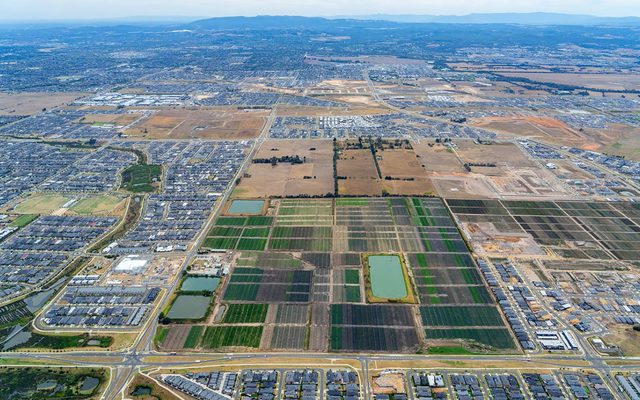This article is from the Australian Property Journal archive
NSW has released the country’s first State Disaster Mitigation Plan (SDMP), which reveals natural disasters will cost $9.1 billion in building and infrastructure damage each year by 2060 is mitigation steps are not taken.
SDMP has been developed by the NSW Reconstruction Authority and reveals the cost of building and infrastructure damage from natural disasters will be almost three times the current estimated average annual cost of damage of $3.1 billion.
“Historically, the state’s ability to prevent and prepare for disasters hasn’t worked as there has been only 3% of funding spent on prevention and 97% spent after an event,” said Paul Scully, minister for planning and public spaces.
“But we know that every dollar we invest in better preparing communities reduces future costs and will help make communities more resilient.”
The plan outlines how increased costs of disasters can be addressed by refocusing government policy towards risk-reducing actions.
It also lays out how government agencies can help communities prepare for worsening bushfires, heatwaves, floods, storms and coastal erosion as a result of climate change.
“The cost of inaction is too great: we need to better prepare and plan for disasters so we can lessen the burden on our communities. It gives us the tools we need to make better, more informed decisions about planning, so we can deliver more resilient homes away from areas of high risk,” added Scully.
“This is our opportunity to build better so that we can better deal with disasters that come and equip communities with what they need.”
Since 2019, people from NSW have gone through more than 65 declared disasters, costing over $6 billion, with more than 20,000 homes damaged in 2022 alone.
“We’re shifting the dial in how we address disasters as well as making sure we do not inadvertently put people in harm’s way through bad planning decisions. For the first time, NSW finally has a plan to begin turning that around with information on how we can invest in reducing risks before disasters occur to better protect communities,” said Jihad Dib, emergency services minister.
“Successive years of unprecedented natural disasters have highlighted the need for NSW to meet the challenges of the future by working to reduce both the actual and social costs of natural hazards to our communities.”
The first 3 local Disaster Adaptation Plans are currently being developed for the Northern Rivers and Hawkesbury Nepean, while work will commence soon for a Central West plan.
While the plan shows the top 20 NSW LGAs most at risk include the Central Coast, Tweed, Clarence Valley, Ballina, Northern Beaches, Penrith, Hawkesbury, Sydney, Lake Macquarie, Blacktown, Canterbury-Bankstown, Sutherland Shire, Newcastle, Bayside, Liverpool, Wollongong, Parramatta, Lismore, Shoalhaven and the Inner West.
The NSW Reconstruction Authority will deliver the next SDMP in 2026, which will identify projects for the longer term.




